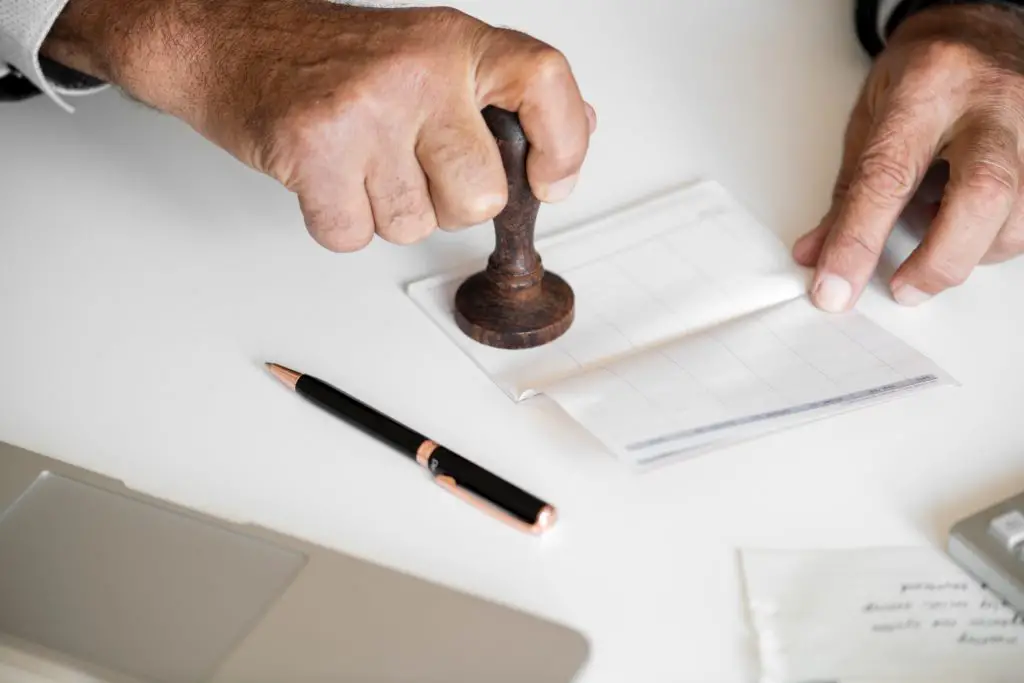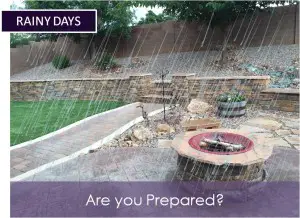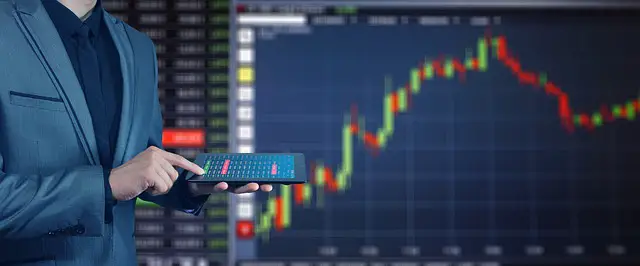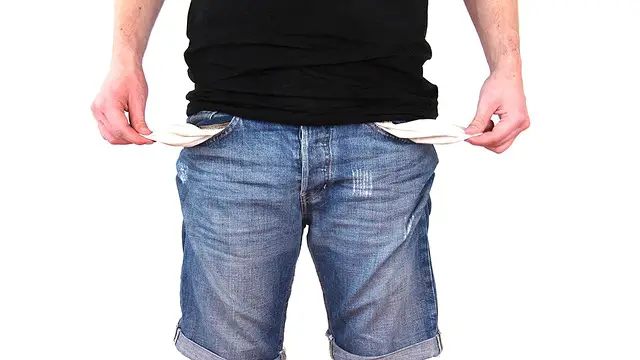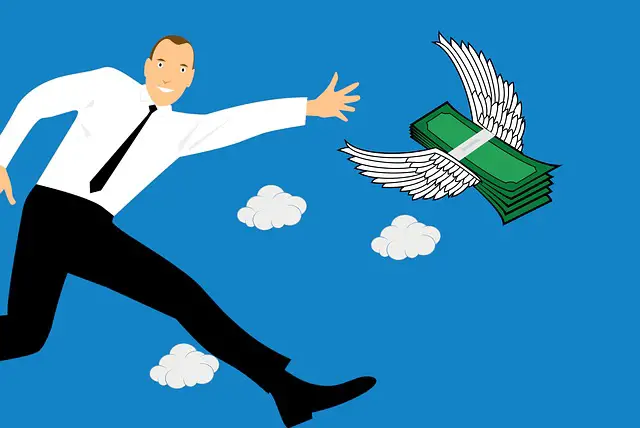Simply put, an emergency fund – often referred to as a rainy day fund – is a cash account that is used only in the event of an emergency, to fill critical financial gaps, or meet unexpected expenses.
It is immediate access to cash that allows you to take care of unforeseen circumstances without impacting the money you have committed to saving and investing.
The account where your emergency fund is maintained should be one that offers the best return possible. If given the choice between two institutions, one that pays .035 percent interest on a savings or checking account; or another that pays .10 percent, all other factors being equal, the choice is obvious. While your current bank might be a good option, do not be afraid to look for alternatives.
As an example, look to credit unions if you qualify for membership as they typically offer more attractive rates. Because they are not-for-profit organizations, they can take money that might otherwise be spent on things such as high salaries and feed it back to members. Take the time to do your research and identify your best option, keeping in mind that the most important factor is that the account should be easily accessible.
With regards to the question of how much should be maintained in an emergency fund, there are various schools of thought. While some suggest one year’s living expenses, others suggest three, six, or nine months of income, while others might suggest something else entirely. A good friend of mine keeps one year’s expenses in his emergency fund. In most cases, your marital status (theoretically single people should have more as they are reliant on a single income); the number of children in the household, and the level of job security are the primary factors.

Other factors might be the age of your appliances, the age of your primary vehicle, as well as the age of other items in your household that might need repair or replacement. Ultimately, the amount will vary for everyone as the factors that impact their lives will be entirely different. However, I recommend three months living expenses as a minimum for your emergency fund.
Food for thought when determining the level of your emergency fund: while you certainly do not want to end up in a position where your emergency fund runs dry, it should be remembered that the more cash you have sitting in a low return account, the less money that is working for you, utilizing the power of time and compound interest.
How much do you maintain in your emergency fund? How did you arrive at that number?
